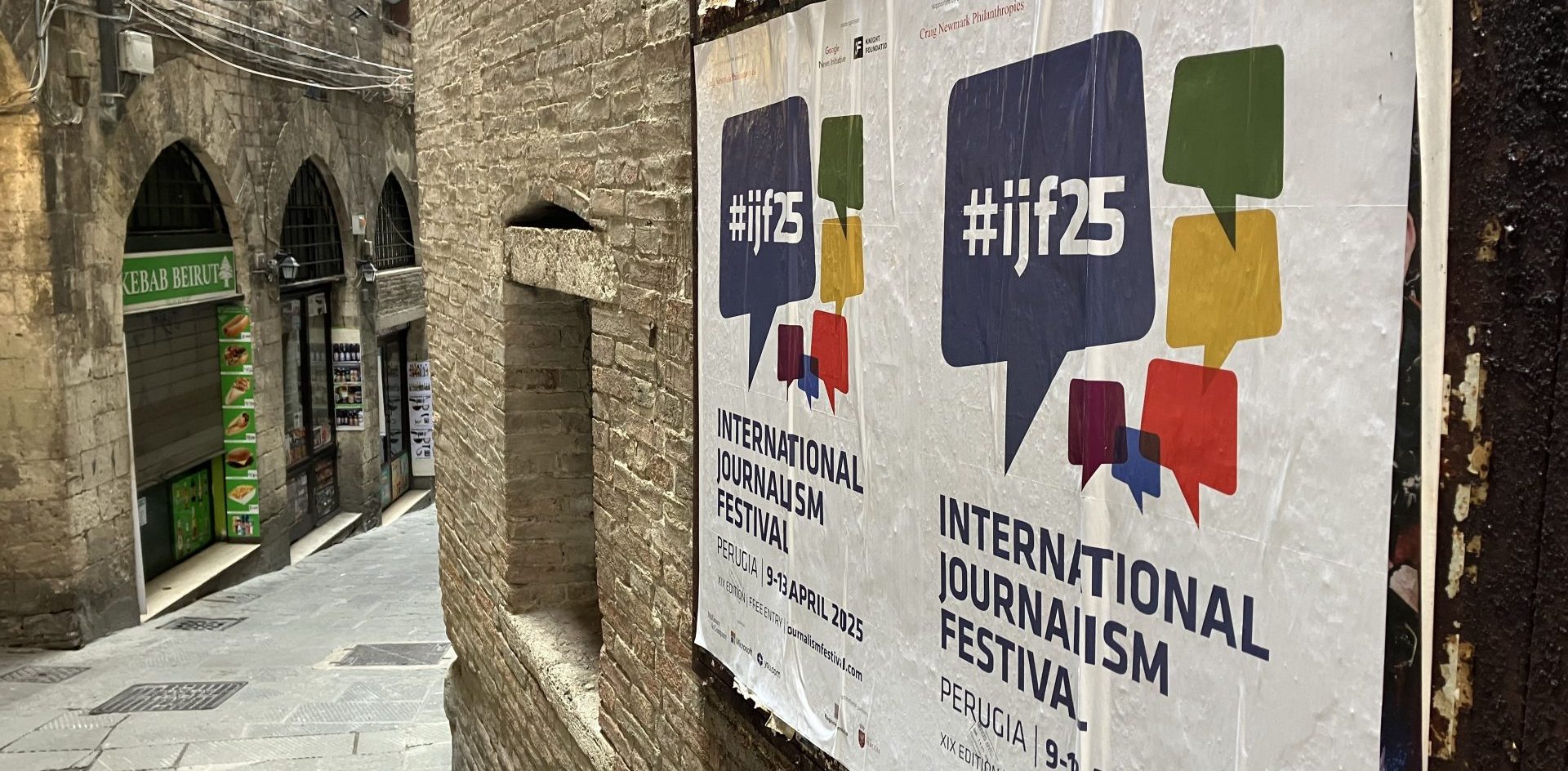
Newsletter
Newsletter
Publishers are using messaging apps, newsletters and their own community-focused apps to retool their acquisition and engagement playbooks.
5th April 2024
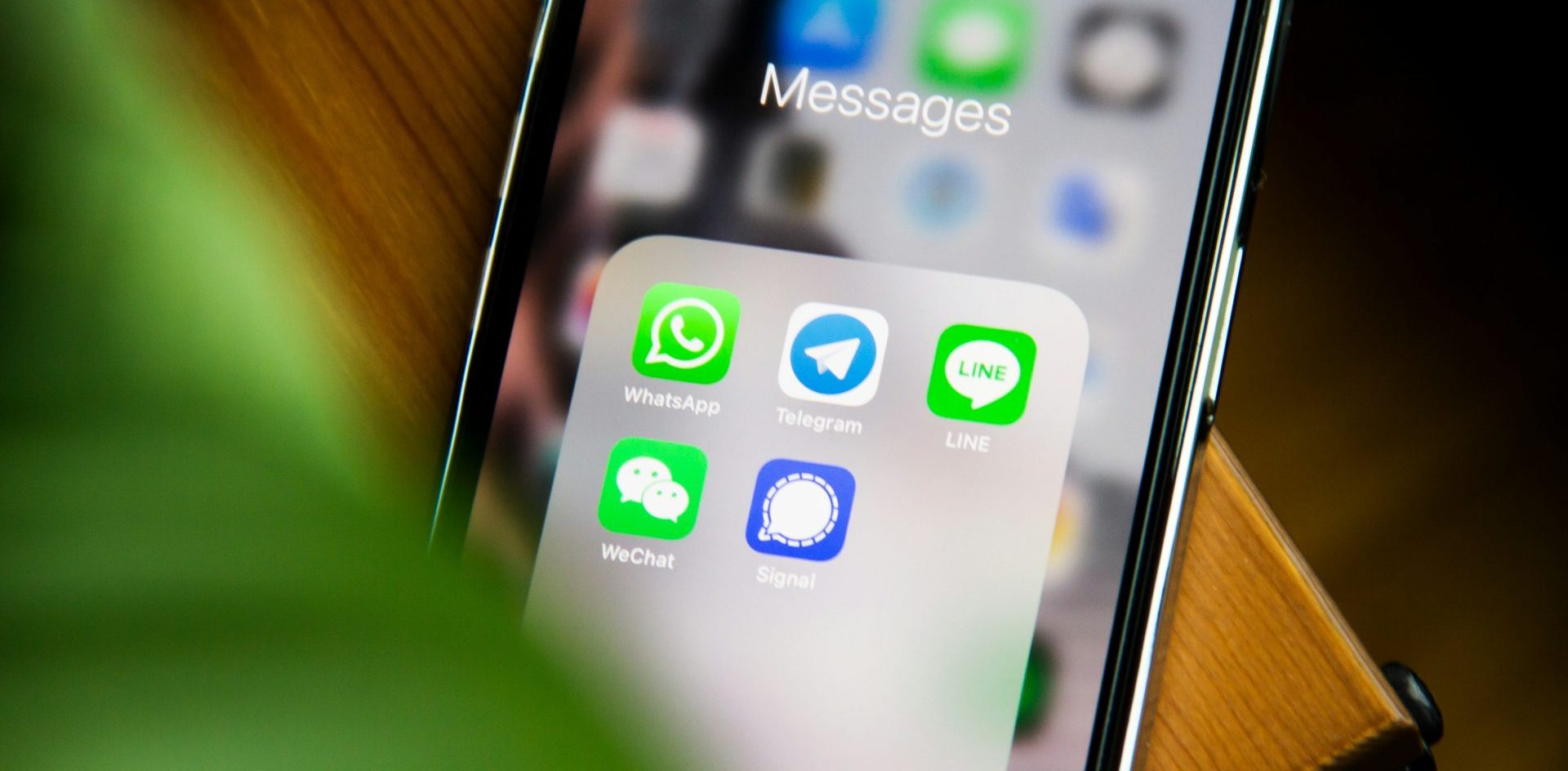
Publishers are rewriting their audience acquisition and engagement playbooks after steep declines in referrals from Facebook, Twitter and other social platforms in what we have called the shift from the Platform Era to the Push Era. This isn’t to say that the major platforms don’t have their place in audience development strategies. As Tim Griggs says, you should approach audience development with a lot of intentionality, nuance and focus to build audience loyalty and habit.
When crafting a strategic plan, it’s important to take a step back and establish guiding principles. Here are some we have developed based on industry data and data we see from the hundreds of apps we have built:
With these principles in mind, here is how publishers are retooling their audience acquisition strategies.
To recast Adam’s metaphor, you fish where the fish are, but you have to make sure that you reel them in.
While Meta’s Facebook has turned away from news publishers, its WhatsApp messaging platform has developed two products that allow publishers to connect with mobile audiences and build relationships with them: communities and channels.
Communities allow publishers to interact with audiences and for community members to interact with each other. They have a limit of 2,000 members per community. Publishers like Reach in the UK get around the limit by setting up additional communities once they hit that threshold. Their Liverpool FC communities had 10 groups as of October 2023, according to the Press Gazette. The messages have an astounding open rate of 90%, much higher engagement than newsletters, Reach engagement director Daniel Russell said.
A challenge for WhatsApp communities is related to privacy law. Reach had to make sure that it didn’t fall foul of GDPR because the publisher had access to the phone numbers of every person who joined the community.
WhatsApp channels, on the other hand, are more about the distribution of content than the interaction of communities. “Channels are a one-way broadcast tool for admins to send text, photos, videos, stickers, and polls,” WhatsApp said when the service was introduced. Unlike communities, channel subscribers won’t share their personal information with admins, meaning there are no privacy regulation concerns.
Publishers are seeing several benefits to channels:
These benefits have outweighed a couple of challenges with channels: namely that posts in channels appear in a separate part of the app from WhatsApp messages and data on engagement with each post is only approximate.
The success has led some publishers to launch focused and pop-up channels, such as a Financial Times Israel-Hamas news channel with more than 49,000 followers or a Taylor Swift channel from the Daily Mail which has 330,000 followers.
The humble newsletter continues to be an important product in the Push Era portfolio. They serve as essential products for media enterprises of all sizes, acting as a foundational offering for startups and a pivotal component of the product lineup for well-established publishers. Plus they work across the funnel from new user acquisition through to retention.
Our friends at Media Voices have an excellent podcast with The Telegraph’s Head of Newsletters Maire Bonheim and Deputy Head of Newsletters David Alexander who provided concrete examples of the power of newsletters.
“It’s push rather than pull media,” Maire said, which is why we describe this as the Push Era of media. Audiences are opting to receive newsletters, podcasts, WhatsApp messages and alerts and push notifications from apps. Media distribution becomes active and direct instead of mediated by platforms.
After years of outsourcing engagement to social platforms, publishers are reinvesting in communities again.
In our upcoming State of the Mobile Publishing Industry, we highlight how the publishers we work with are moving beyond apps as simply another channel to distribute their content to develop communities with their apps. Several publishers are using commenting and community services that Pugpig’s Bolt platform supports such as Viafoura, Disqus, Hyvor or Coral. The New European relaunched its app and highlighted the inclusion of comments as a key feature. Hearst UK relaunched its Men’s Health and Women’s Health apps with membership tiers that deliver content as well as interactive fitness plans and members’ only Q&As.
Another example is the Philippines news service, Rappler, which has just launched iOS, Android and web-based Communities apps. They did this for business reasons, as a response to the decline in traffic from social platforms and for philosophical reasons.
“The insidious manipulation of Big Tech – inciting fear, anger and hate for profit – has destroyed the public sphere and the crucial discussions needed for democracy. It’s time to build our shared reality and redefine civic engagement, to restore trust,” Rappler CEO and Nobel Peace Prize laureate Maria Ressa wrote in an article launching the apps.
They want the apps to build relationships between their journalists and their audiences to restore trust and support civil society in the country.
They built the app using Matrix, an open-source, decentralised communications protocol, and they are using AI to support human moderators.
The communities are built around the topics that Rappler covers, according to Esther Kezia Thorpe, writing for Digital Content Next. Rappler Community Lead Pia Ranada said that at first, they thought they would limit their focus on hard news topics, such as their justice and human rights beats. They have found that not only are softer topics engaging but they also offer up revenue opportunities, with their sales teams offering discount offers from their brand partners.
The consulting team at Pugpig has deep experience in developing audience acquisition and engagement strategies, and the wider team knows how to build community experiences with apps. If you’d like to speak with us, respond to this email or set up a meeting using this calendar link.
Here are some of the most important headlines about the business of news and publishing as well as strategies and tactics in product management, analytics and audience engagement.

Newsletter
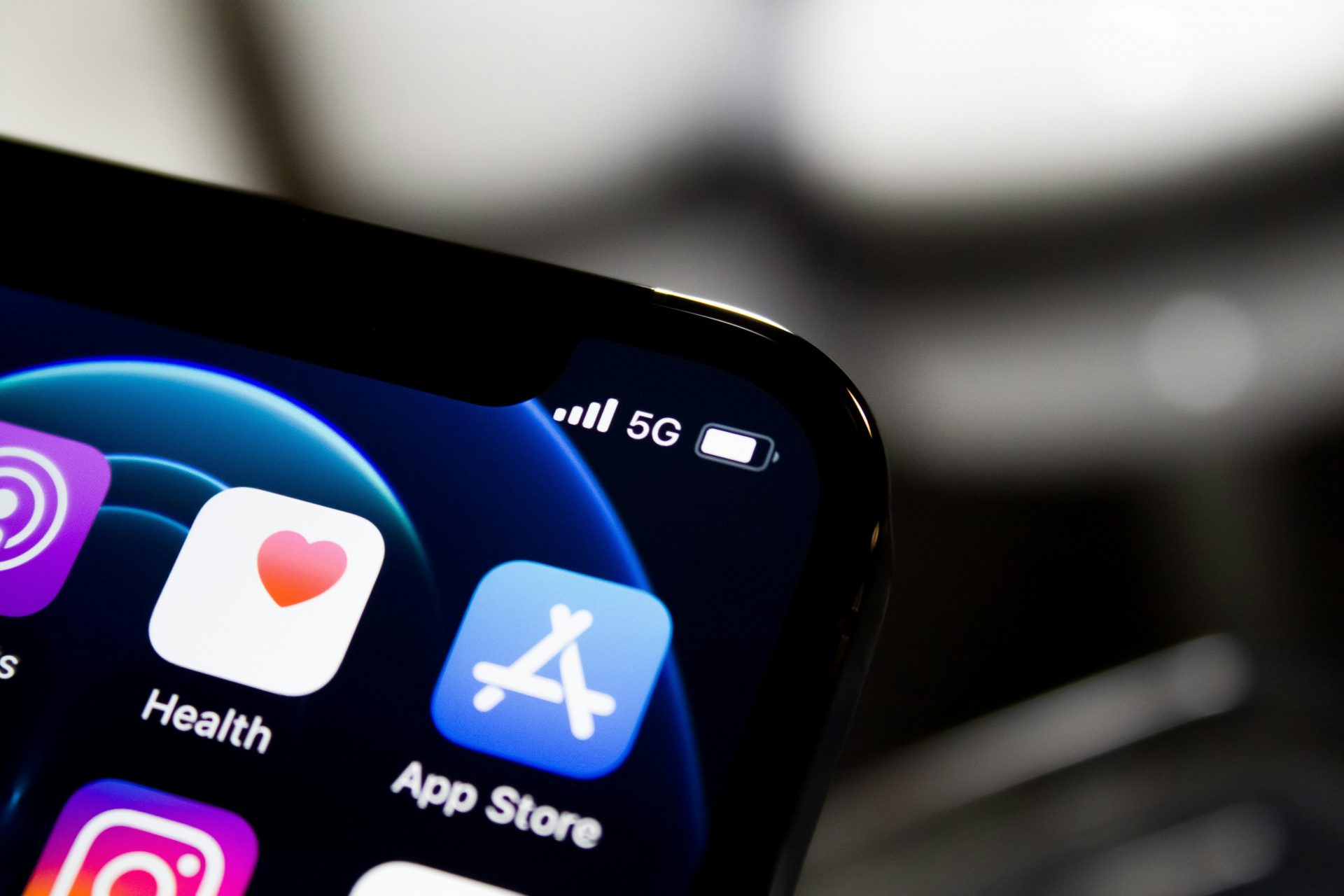
Newsletter
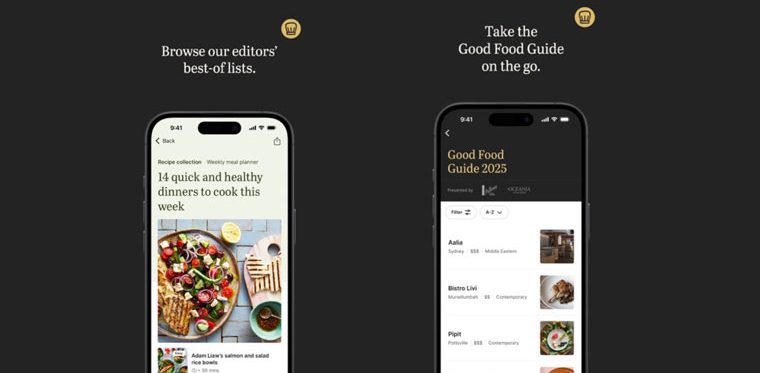
Newsletter
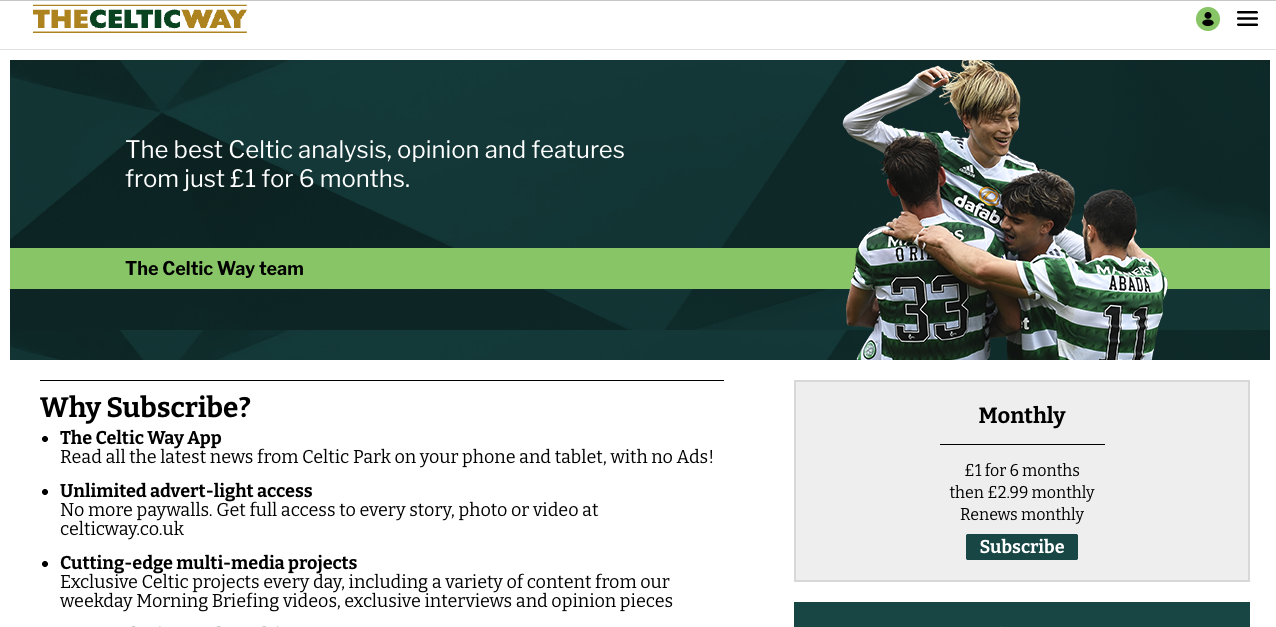
Newsletter

Newsletter